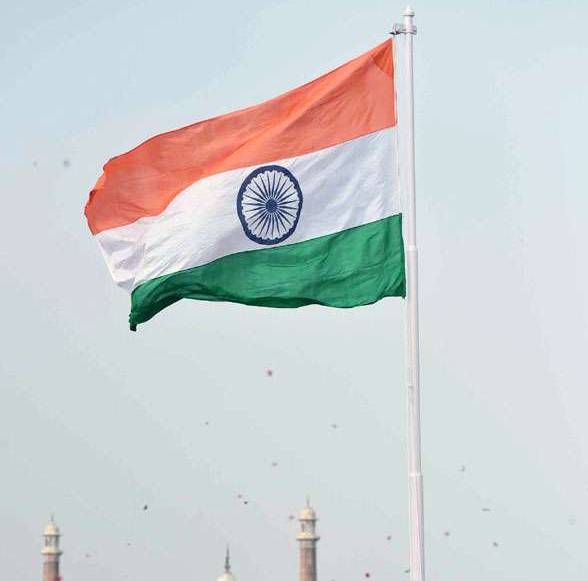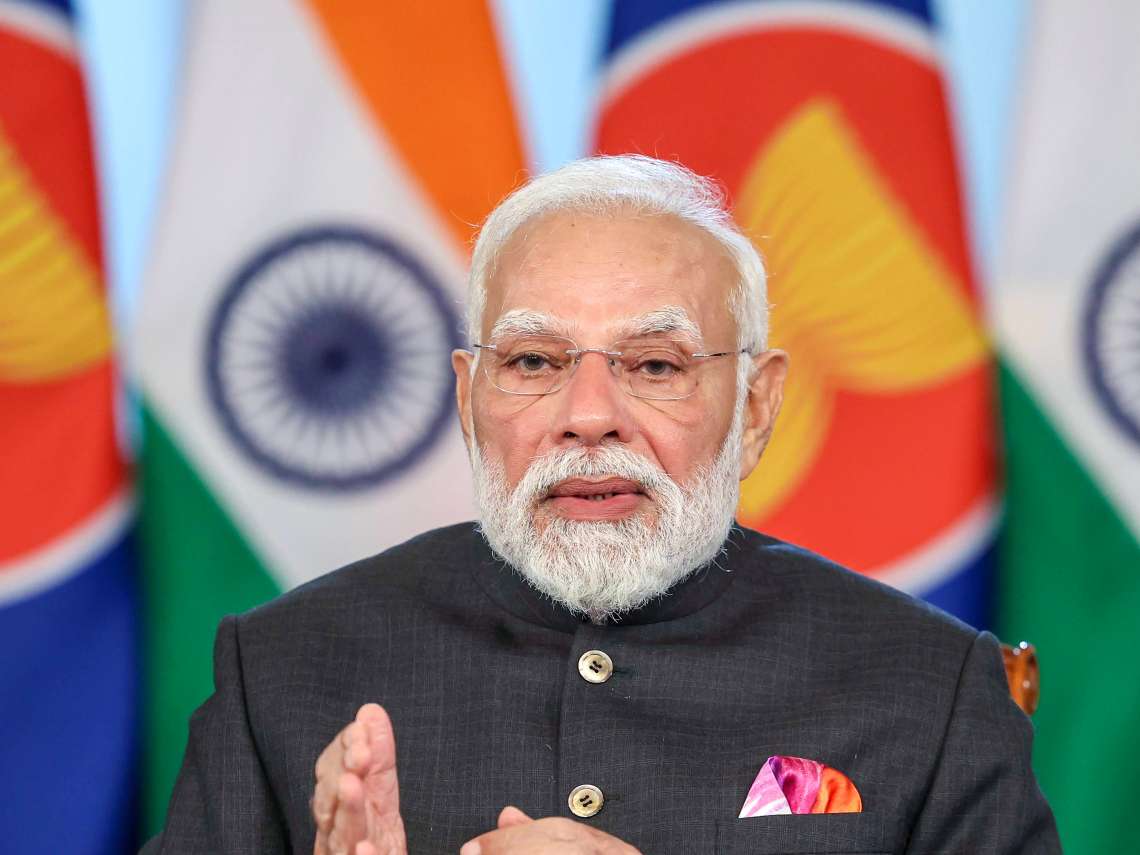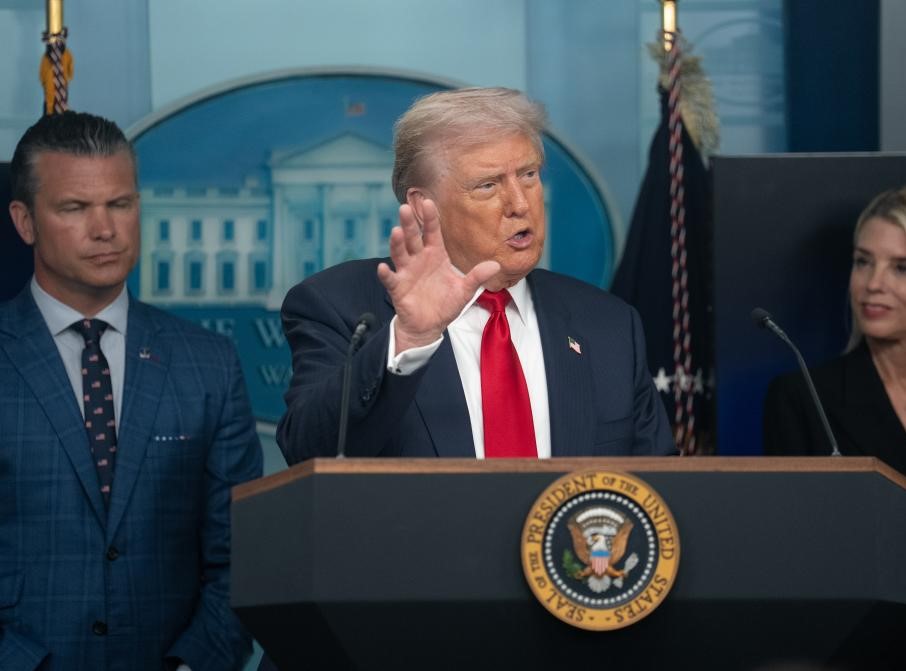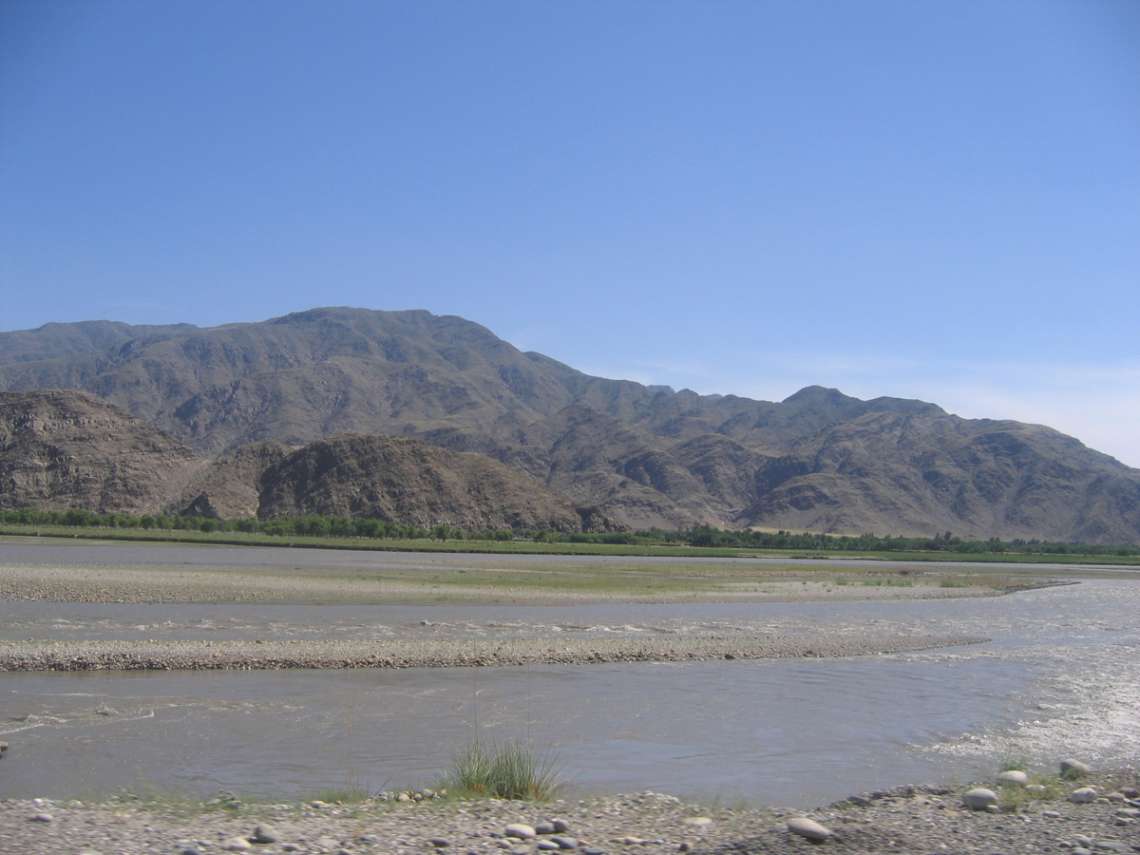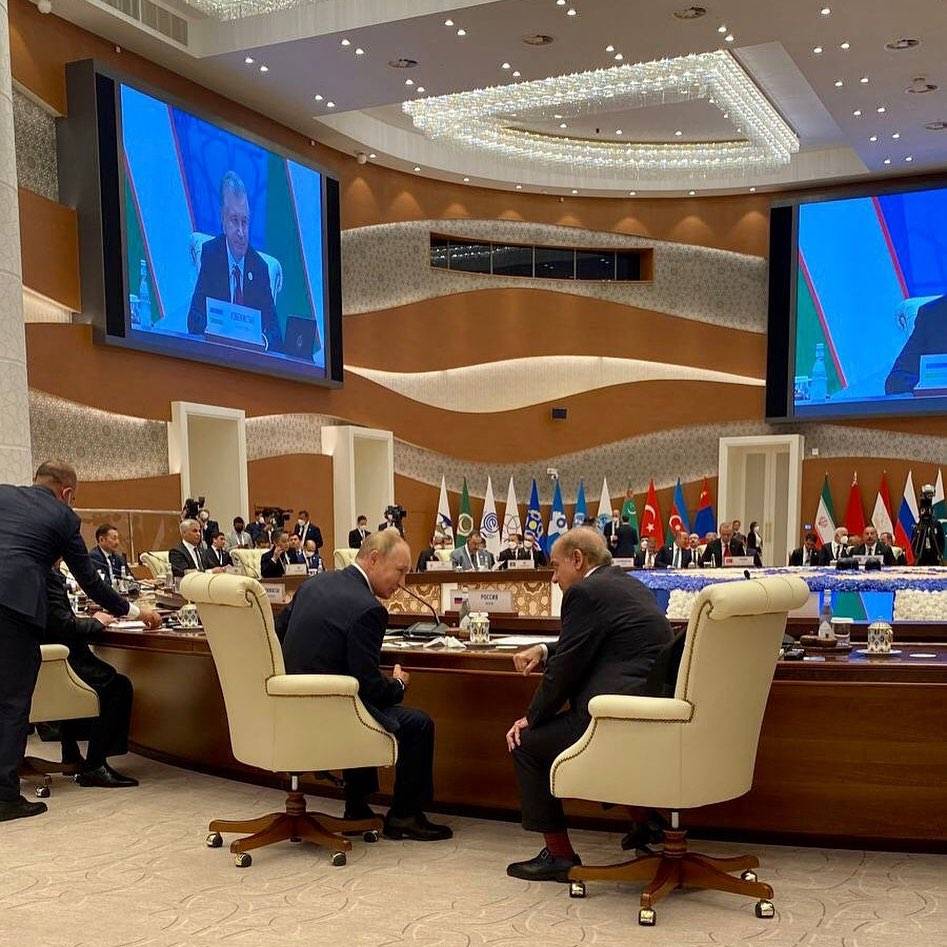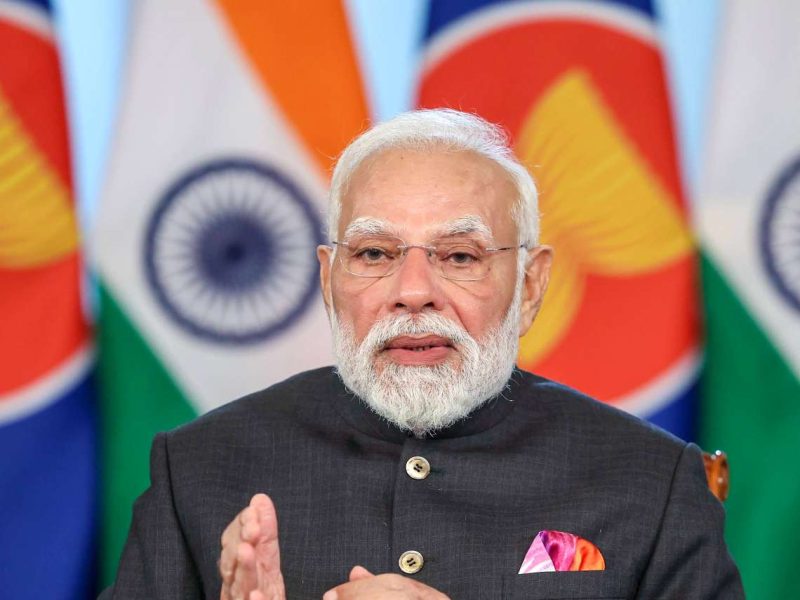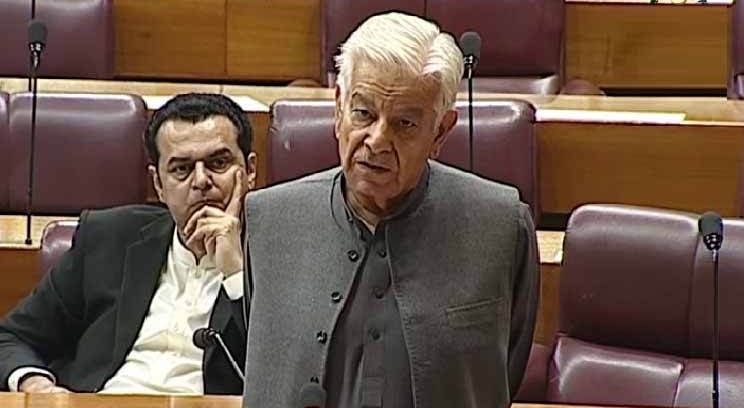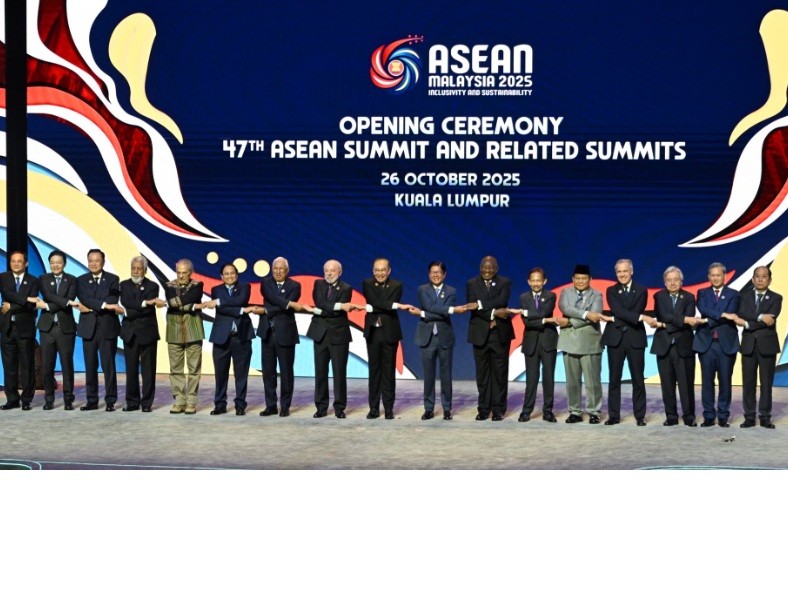Former Indian ambassador to the UN, Manjeev Puri shares his optimism about India’s growing economy with Rahul Kumar
India made big news recently after a US news agency reported that India has overtaken the UK to reach the number five spot in global economy rankings. In other major news, economists predict that the world is staring at a possible recession as conflicts, pandemics and climate change stare at governments.
India may not be immune to some of these global upheavals and black swan events that are on the rise after the Covid-19 pandemic broke out from Wuhan, China, in late 2019.
Yet the booming and boisterous country of 1.3 billion people has inherent strengths that guarantee progress for future decades. In a wide-ranging interview to India Narrative, Manjeev Puri, former Indian ambassador to the UN, shares his optimism about India’s growing economy and narrates the twists and turns in the evolution of India’s foreign policy.

Excerpts from the interview:
How do you see the future of the country?
MP: My understanding is that the future for India is bright—in relative global terms. In the coming years, India will become the largest country in terms of population. Many of us in India think our population numbers are a problem but riding on the back of these numbers, we will become the world’s third or fourth largest economy.
Here, I am not talking about the Purchasing Power Parity (PPP). I am talking about the size of the economy. Of course, China will be the largest economy. But some projections say that in the next 20 years, the Indian economy should be in the vicinity of the US.
These two points—population and economy will guide the future for India because size of a country matters.
In any major institution of global governance, the largest country in the world has to have a place on the table. So, in any future endeavour you cannot say that the largest country should stay outside. I believe that two things—the largest society and being one of the largest economies will define how the world perceives us.
A large part of the lives of my generation was led during the times when we led the ‘ship to mouth’ existence. Today we are signing aid packages—a long way that we travelled from importing food to giving aid. I am not saying that we have done gloriously well, but we are changing.
I will say there is more power to your elbow if you have the following elements in good stead—economy and manufacturing, military capability, the number of people and thought leaders. I think we have all these elements in us that makes us a power.
Currently there is a lot of talk about India exerting “strategic autonomy” in its foreign policy. Is there a perceptible change in our foreign policy?
MP: In terms of foreign policy even in 1947 we were a unique country. We were a founding member of the UN. We signed the UN charter in 1945 even though we were a colony. We also signed the charter of the League of Nations.
We joined the International Monetary Fund (IMF) and the World Bank as founding members. Internationally we hit the ground running. In comparison, Pakistan had to make an application in September 1947 to join the UN.
So, in the early 1950s we were among a handful of countries that founded the UN. As a developing nation we had some advantages and some disadvantages. The first president of the Economic and Social Council (ECOSOC) was an Indian—Ramaswamy Mudaliyar. After some years Vijaya Lakshmi Pandit was elected as the leader of the General Assembly.
India led the charge in the world on decolonisation. For decades we remained the voice of the South. We were instrumental in founding the Non-Aligned Movement (NAM). We also helped set up the Group of 77. We continued to champion de-colonisation.
For India, NAM had a great deal of merit. So, you see whether it was non-alignment, or multi-alignment, those are synonymous with strategic autonomy. I believe India always maintained strategic autonomy because it always had been the inherent thinking in India.
We were always destined to play a big role. Our tryst with destiny was always there. Though we are not much non-aligned now, in reality we have always been multi-aligned.
Right now India is taking decisions in its interest. The entire Ukraine stand by India is an example of strategic autonomy. All those who are in global politics recognise our stand over buying Russian oil.

What have been some of the turning points in India’s rise?
MP: India has progressed well over 75 years but it also took a lot of hits during this time. Our lowest point was the 1962 war with China.
Then the 1971 war happened and it changed the world for us. Bangladesh was liberated. It was a seminal moment—India helped liberate a country which the world is talking about today. Everyone in the world saw it happen.
A power shift happened in the way the world looked at India. After 1971, everyone acknowledged that the Indian Army is a power house.
Soon afterwards, with the nuclear tests we crossed a threshold. India was de-facto recognised as a global player. The nuclear tests made the world sit up and take notice. The first test in 1974 and then the second one in 1998 made the world realise that it is not just looking at the Indian economy, but also the world’s largest democracy and a country that has a role in global power play.
For a long time, our economy was not so bright. With liberalisation from 1991 onwards, things began to change quickly. And by the end of the nineties, things started turning around.
The country married democracy with free market and free business. It led to a good upward swing.
Then Goldman Sachs famously publicised the Brazil, Russia, India, China and South Africa (BRICS) grouping. We were one of the great emerging economies in the world. That was also the time when the G20 was formed by the middle-income countries.
Even China has benefitted from the opening up of the Indian economy.
How do you visualise South Asia in the years to come?
MP: South Asia will itself become an important region in the world provided the South Asian countries can cooperate and help each other rise. Otherwise, it will be an opportunity lost and the countries will end up harming their own cause. I believe that it has the potential to become another south-east Asia if the countries can cooperate with each other.
In South Asia Pakistan and Bangladesh matter just because of their size. They are definitely not India and China but they are behind the USA in terms of their population.
While India will be among the top three to four countries, I think Bangladesh and Pakistan are countries we will have to reckon with. By virtue of their population and economy, they will be in the next rung of countries, predicated that nothing happens to those countries, the politics of the world and their boundaries. But with Pakistan there are several issues about the viability of the country so we leave it aside.
Regarding India’s role in South Asia, our Humanitarian Aid and Disaster Relief (HADR) is well recognised and, importantly, we have made it available to everyone in the region. Just look at the tsunami of 2004 (Boxing Day Tsunami) where India was one of the largest aid providers to the affected countries despite being hit by the tsunami itself.
India has provided aid during the Nepal earthquake. We have been transforming Bhutan because of our technology and financial ability. If I recollect clearly, we have provided aid to Pakistan in earlier times. Our projects in Afghanistan are recognised even under the new regime.
India’s cooperation and development assistance projects are run all over the world. We have rushed aid as far as Haiti during natural disasters. We are a sui generis country—basically we are tuned towards the global good.
(India Narrative)


